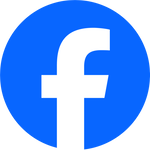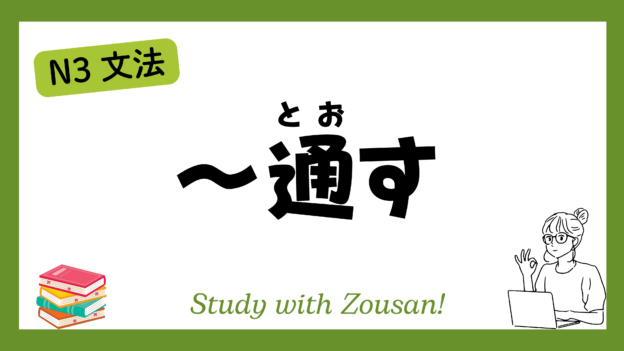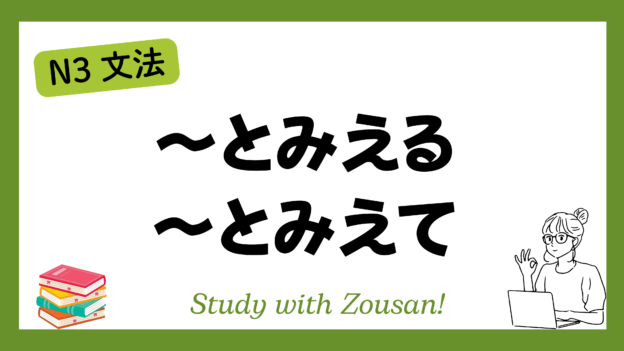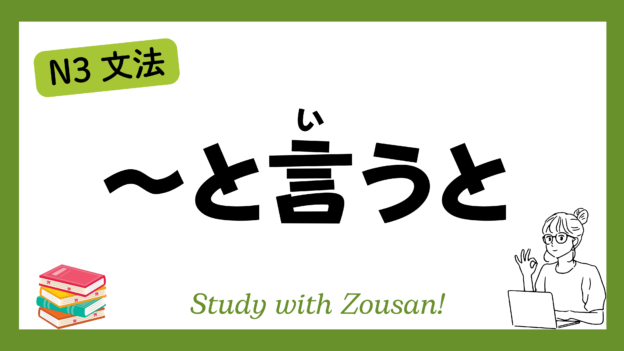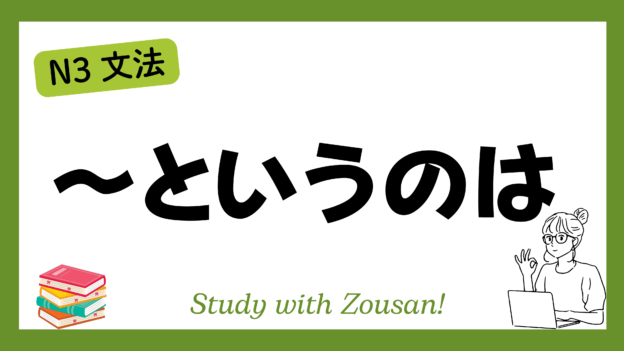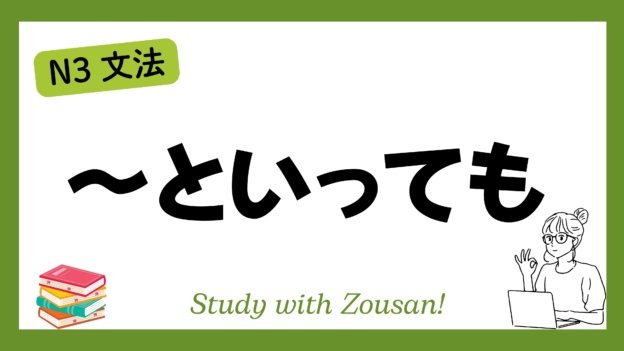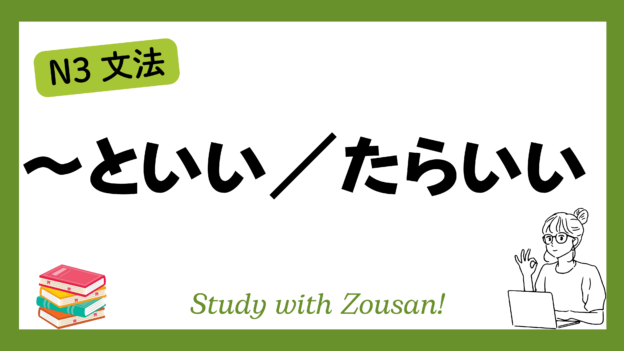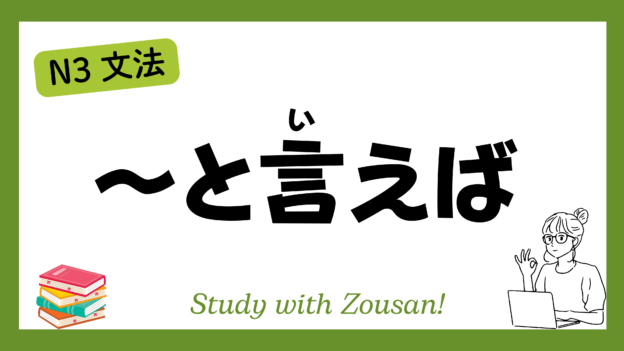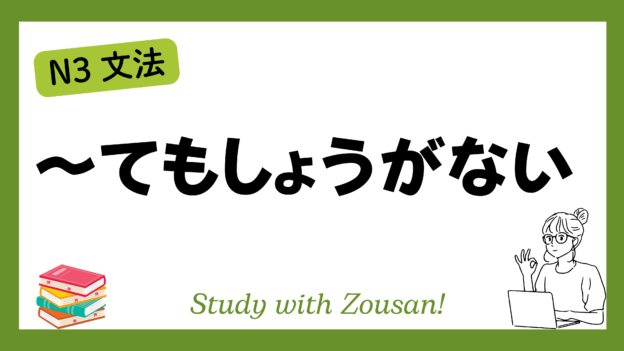Meaning: “Together with…” / “Along with…”
The structure “~と共に” is used to indicate that two actions, states, or events happen simultaneously or have a parallel relationship with each other. This structure can express companionship between two elements or indicate that one element changes or develops alongside another.
※Note:
- “~と共に” is commonly used in written language or formal contexts.
- This structure can indicate the parallel occurrence or development of two things or show that two elements happen simultaneously.
Structure:
| Verb (dictionary form) | + と共に |
| Noun |
Example:
-
-
-
🌟 成長と共に、新しい責任を担うようになった。
(せいちょう と とも に、あたらしい せきにん を になう よう に なった)
Along with growth, new responsibilities came. -
🌟 時代の進化と共に、技術も進歩している。
(じだい の しんか と とも に、ぎじゅつ も しんぽ して いる)
Technology advances along with the evolution of the times. -
🌟 家族と共に過ごす時間が一番大切だ。
(かぞく と とも に すごす じかん が いちばん たいせつ だ)
Time spent with family is the most important. -
🌟 人口が増えると共に、住宅の需要も増えている。
(じんこう が ふえる と とも に、じゅうたく の じゅよう も ふえて いる)
As the population grows, the demand for housing also increases. -
🌟 年齢と共に、体力が衰えるのを感じる。
(ねんれい と とも に、たいりょく が おとろえる の を かんじる)
I feel my physical strength declining with age. -
🌟 知識を深めると共に、視野も広がっていく。
(ちしき を ふかめる と とも に、しや も ひろがって いく)
Along with deepening knowledge, one’s perspective also broadens. -
🌟 親友と共に、困難を乗り越えてきた。
(しんゆう と とも に、こんなん を のりこえて きた)
I’ve overcome hardships together with my best friend. -
🌟 会社の成長と共に、社員の数も増加している。
(かいしゃ の せいちょう と とも に、しゃいん の かず も ぞうか して いる)
Along with the company’s growth, the number of employees is also increasing. -
🌟 春と共に花が咲き始める。
(はる と とも に はな が さき はじめる)
Flowers begin to bloom with the arrival of spring. -
🌟 彼の成功と共に、彼の知名度も上がった。
(かれ の せいこう と とも に、かれ の ちめいど も あがった)
His success was accompanied by an increase in his fame.
-
-




